Reportar esta entrada
Más sobre la misma comunidad-colección
Escuela primaria Brown adelante Bulldogs
Brown Bulldogs teamwork at it's finest! Always working together ...
¡La escuela primaria Brown saluda a nuestras tropas!
Our Wonderful Choir Director boding amazing things at Brown ...
Jose Gabriel Chinea y Crystal M. Chinea - 2014
Jose Gabriel Chinea and Crystal M. Chinea - 2014 - Ft Worth ...
La escuela primaria Brown saluda a nuestras tropas
We appreciate our troops here at Brown Middle School in El Paso, ...
La escuela primaria Brown saluda a nuestras tropas
Dedicated Ceremony for appreciation to our wonderful partners in ...
Proyecto de Brown de la frontera de la ciudad natal
GT classes at Brown Middle School do an awesome job on their ...
Clase de GT de la Sra. Ellison en la escuela primaria Brown
GT classes at Brown Middle School do an awesome job on their ...
Día de graduación - escuela secundaria Austin - 1986
Yvonne Maesse graduation day at Austin High School El Paso Texas ...

















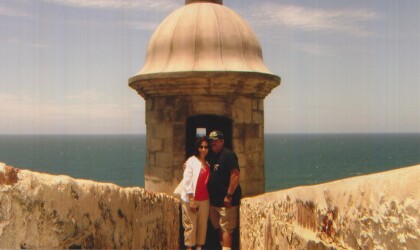
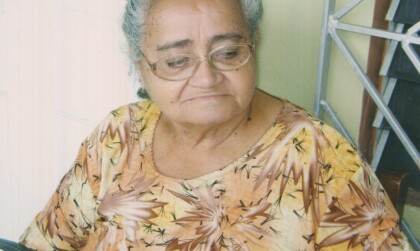
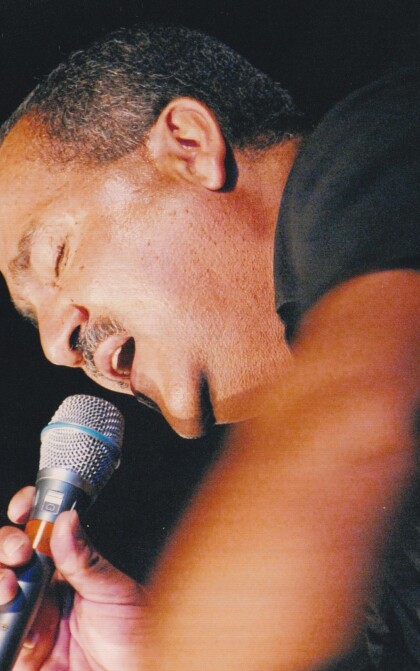
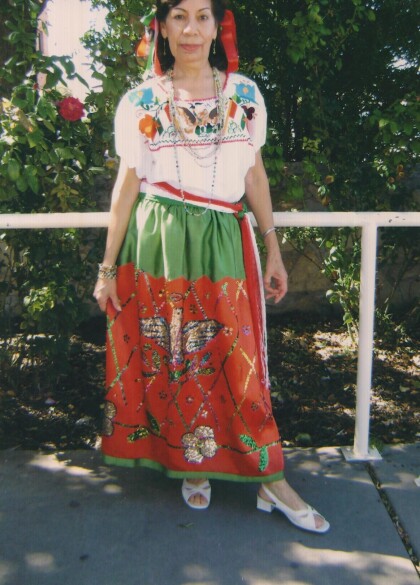


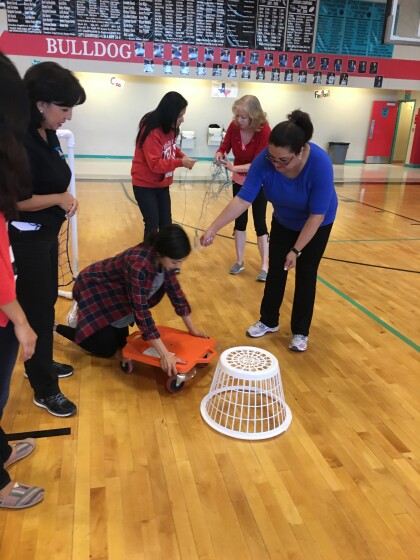




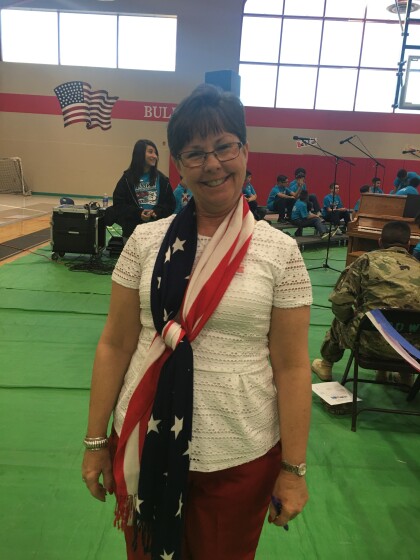
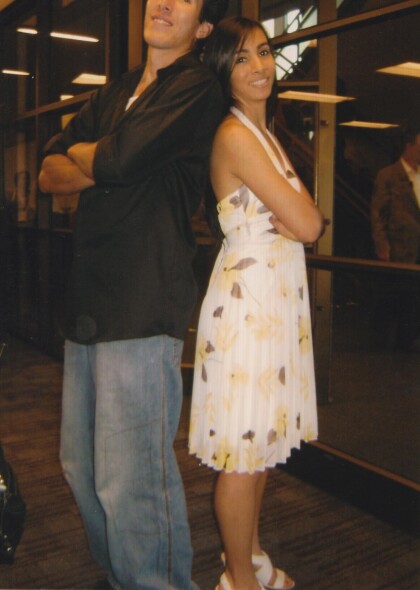
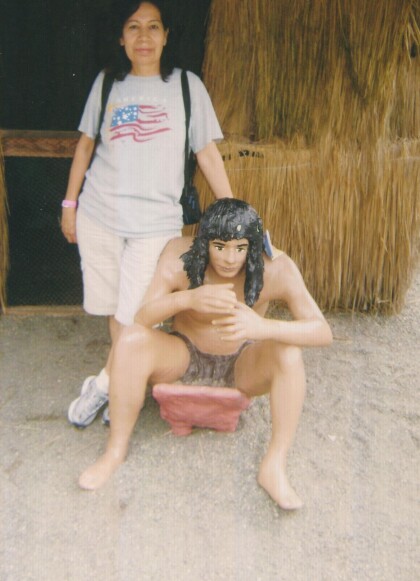
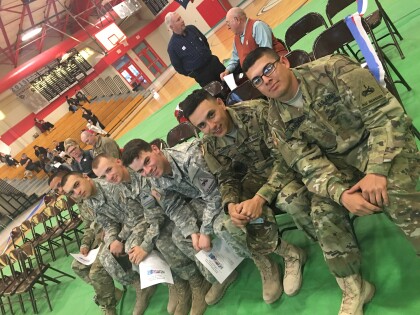
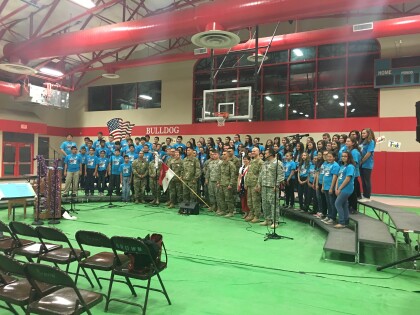
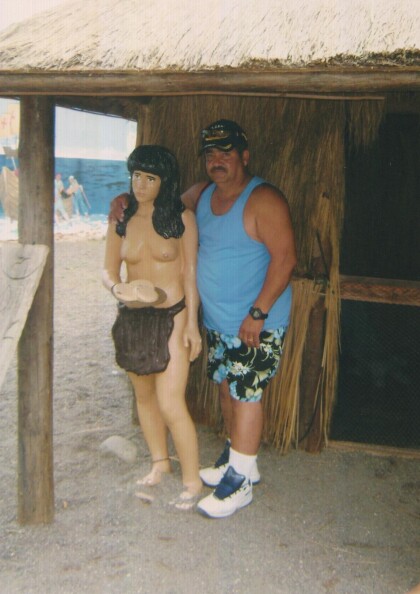
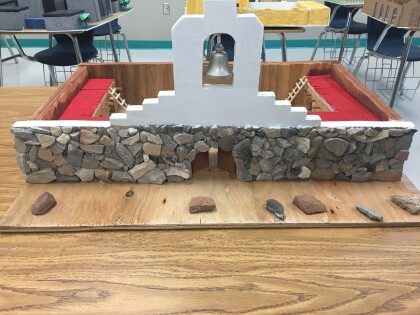
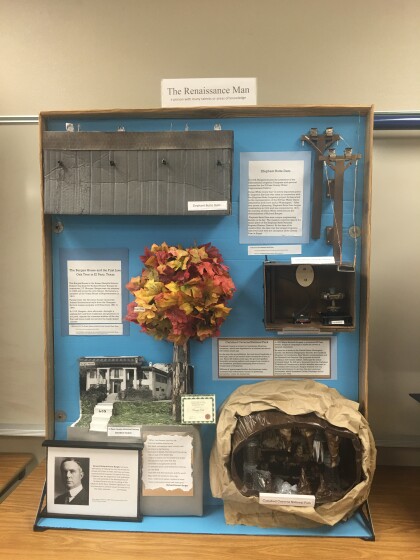
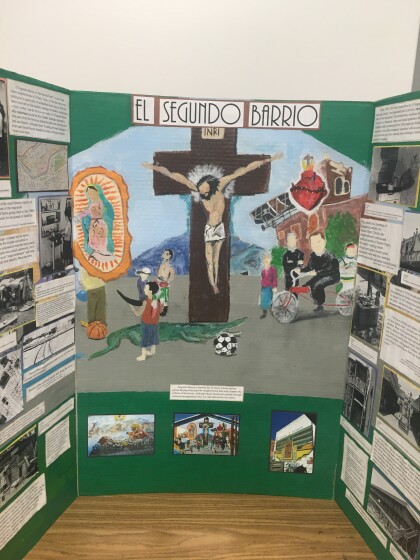
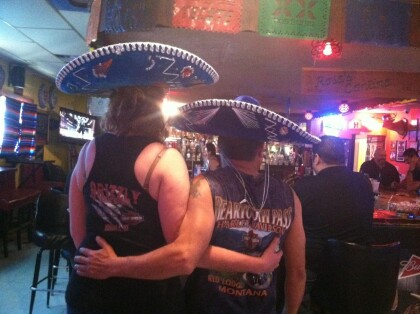


Comentarios
Hacer un comentario